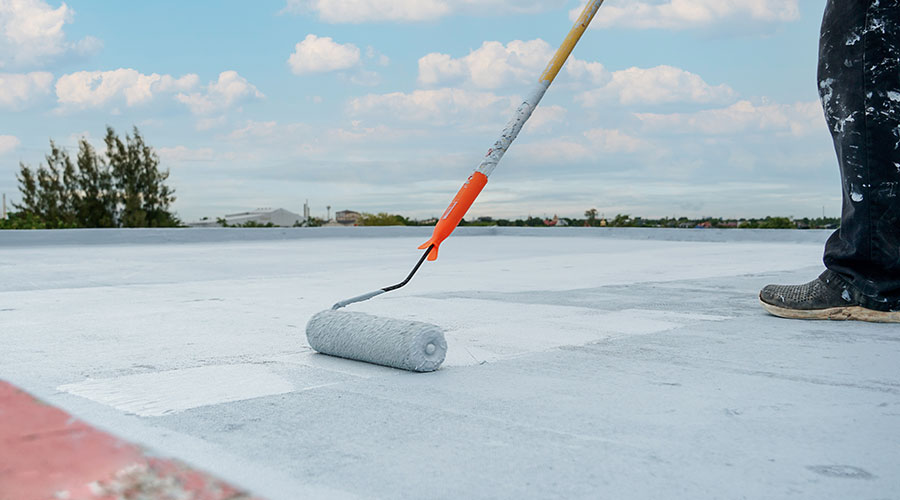Roof Inspections: Preventing Long-Term Trouble
Roof inspections are essential components of an overall strategy to extend the performance lives of roofing systems and protect the assets and operations of institutional and commercial facilities. They enable maintenance and engineering managers to be aware of small problems before they become large, expensive emergencies, and they give managers an overall understanding of the condition of any facility's first line of defense against the elements.
But conducting efficient, effective roof inspections is a complex challenge. Managers need to set inspection priorities, provide technician training, analyze inspection data, and make savvy decisions based on inspection findings. By developing a smart roof-inspection strategy that addresses these factors, managers can both streamline the process and produce the desired results.
Setting Inspection Priorities
Managers who make roof inspections an integral part of preventive maintenance for their facilities have taken the first step toward a more efficient, effective strategy for optimum roof life cycles. Beyond that, it is a requirement of most roof warranties.
Managers should address three factors — frequency, timing, and work content — when developing a comprehensive inspection program. A minimum inspection frequency is twice a year in most areas — spring and fall. Additional inspections should follow any major weather events, which generate stress in the form of high winds, flying debris, and ice that create penetrations and voids into which water can intrude.
Timing is equally important. For example, spring inspections in areas where trees drop seeds and buds should occur after trees are finished dropping so technicians can inspect scuppers and downspouts for blockages.
Managers should develop inspections based on the biggest potential problem areas. Potential problem areas are: seals around every penetration, including vents, HVAC equipment, access hatches, drains, and scuppers; caulking at flashings and parapet caps; and bubbles, seam voids, cracks, alligatoring, or punctures in the roof material.
If inspectors discover actual leaks, further inspection with infrared imaging technology can identify the extent of water penetration. Core samples might be required to determine the condition of roofing plies and insulation layers down to the deck.
Technicians can prepare to perform inspections most effectively by reviewing the history of the roof, its age, previous inspections, problems found, and work done to correct defects, including the methods and tools used. To supplement this information, managers might consider having vendors provide tours of other similar roof installations that use new materials, tools, and methods.
Related Topics:













